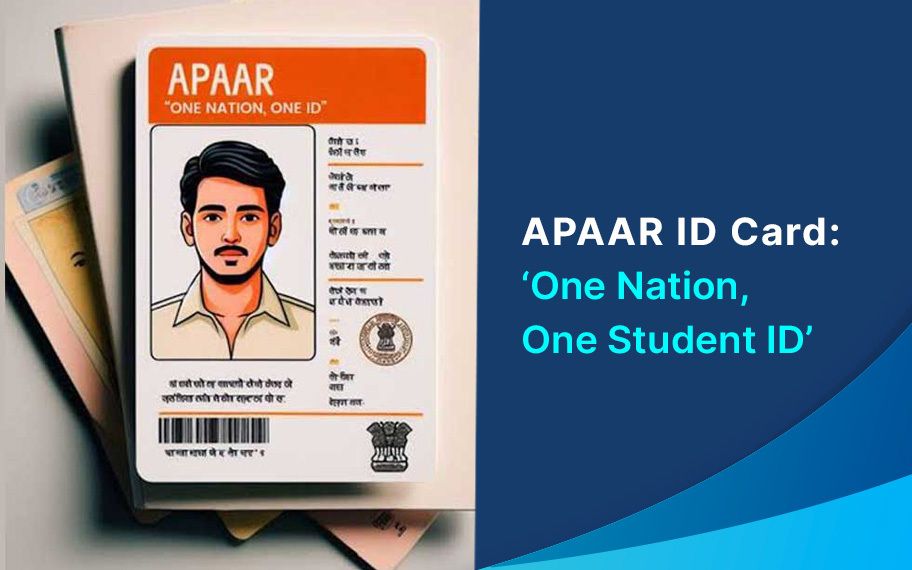Types of Contract
Contracts are an integral part of business and personal transactions. A contract is an agreement between two or more parties that creates a legal obligation to perform specific acts. Contracts can be classified into various types based on their formation, validity, nature, and execution. Understanding the different types of contracts is crucial for creating and […]









